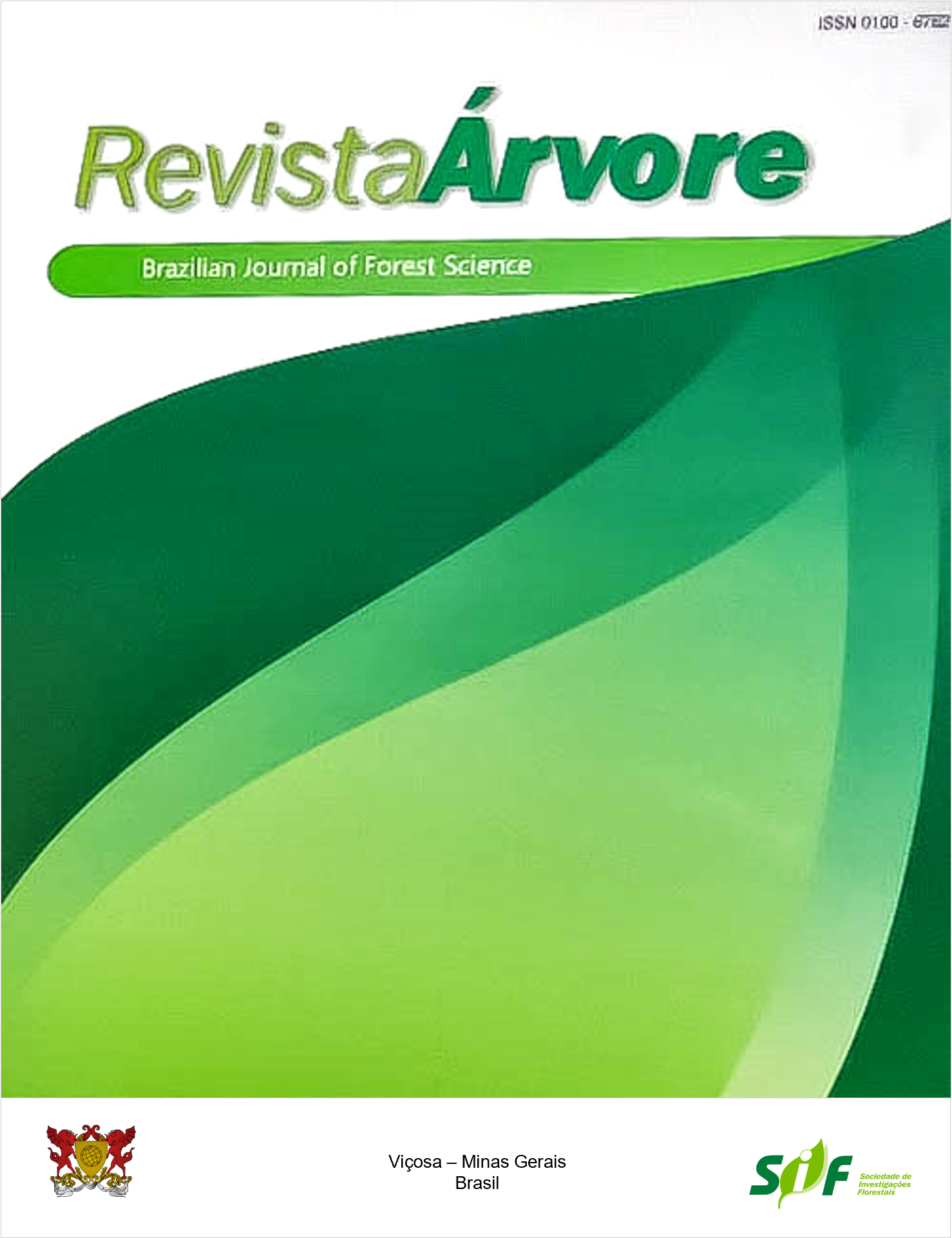SEED EMERGENCE AND DEVELOPMENT OF Caesalpinia pulcherrima L. SW. AND Cassia grandis L. F. IN ORGANIC SUBSTRATES
Keywords:
Agave sisalana residue, urban waste compost, organic fertilizationAbstract
The addition of adequate proportions of organic residues to formulate substrates with soil, render positive results on germination and seedling growth by providing benefits to the physical and chemical attributes of the soil. Determining an adequate proportion of such residues is essential to obtain seedlings exhibiting morphophysiological quality. This study aims to evaluate seed emergence and the development of Caesalpinia pulcherrima (L.) Swartz and Cassia grandis L. f. seedlings in organic substrates. The experiment was set in a completely randomized design arranged in 2 x 3 x 5 factorial scheme, consisting of two soil classes (Oxisol and Entisol), three types of organic substrate (COP (organic compost from tree pruning + cattle and goat manure), CLU (urban waste compost), RES (residue from the extraction of sisal fiber) and five percentages of organic residues (0, 20, 40, 60, 80). The percentage of emergence and emergence speed of seeds, plant height, number of leaves, root length and dry mass were determined. The species showed better results for these variables when adding organic residues to the substrate. The addition of 80% COP or CLU to the substrate provided higher mean values for percentage of emergence in seeds of Caesalpinia pulcherrima, and the substrate constituted by only soil provided higher dry mass in seedlings of this species. The combination of 50% COP and 50% soil (Oxisol and Entisol) resulted in higher means for the percentage of seed emergence, velocity of emergence and biomass production in Cassia grandis L. f. seedlings.
Keywords: Agave sisalana residue; Urban waste; Organic fertilization
Downloads
Published
How to Cite
Issue
Section
License
Copyright (c) 2022 Revista Árvore

This work is licensed under a Creative Commons Attribution 4.0 International License.
All authors agreed to submit the work to Revista Árvore and granted the exclusive license to publish the article. The authors affirm that it is an original work and has not been previously published elsewhere. The scientific content and opinions expressed in the article are the sole responsibility of the authors and reflect their opinions, not necessarily representing the opinions of the editorial board of Revista Árvore or of the Society of Forest Investigations (SIF).




